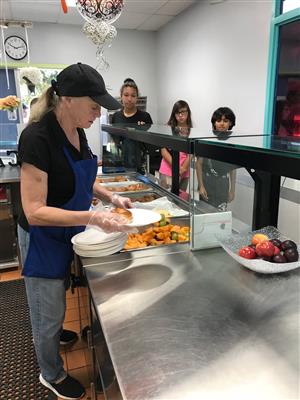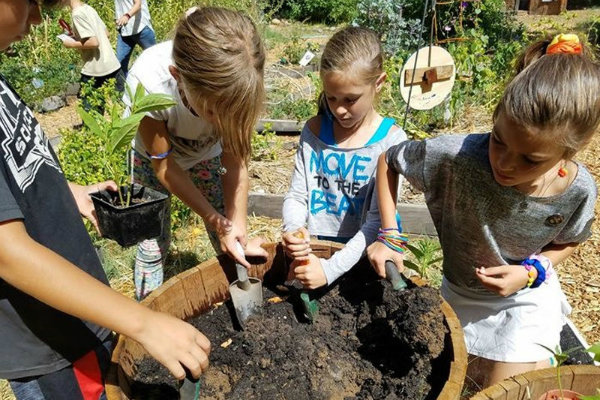
Students learn about compost; “Outdoor education STEMs into great learning opportunity” (CC BY 2.0) by USACE HQ
This is the last article in our series about managing food waste from school lunch. We previously discussed the following subjects:
Here we highlight success stories from schools that have lowered their food waste. We discuss only those stories where the school programs' planning and implementation steps are available. The following steps are common to success stories.

This school composts about 2,520 pounds of food waste each year. Students lead the effort, giving them hands-on leadership experience.
Planning:
Implementing:
Sources — VT School-To-Farm Composting Program

This school reduced waste by close to 35% just by teaching how to make zero-waste, home-packed lunches. They later expanded by starting a student composting program.
Planning:
Implementing:
Sources

This school reduced daily waste from lunch and snacks from 8 barrels of trash to 1 barrel. The waste includes non-food items such as disposable containers.
Planning and implementing:
Sources

This school reduced waste from lunch by 36% and separated compostable items. The overall waste reduction includes non-food items such as disposable containers.
Planning:
Implementing:
Sources

The school diverts 15–20% of its total waste stream by composting school lunch.
Planning:
Implementing:
Sources